Table of Contents
Ready to ditch the screens and unleash your kids' inner explorer? This is your guide to the wonderful world of educational outdoor play equipment! We're not just talking slides and swings here; we're diving deep into how carefully chosen outdoor setups can boost everything from problem-solving skills to social development. Ever wondered how a mud kitchen can teach chemistry, or how a climbing frame builds more than just muscles? Stick around, because we're about to unlock the secrets. We'll explore the awesome benefits of getting kids learning outside, how to pick the perfect equipment for their age and stage, and even some cool DIY projects to get your hands dirty. Plus, we'll cover the essential stuff like safety and maintenance, so you can create a fun and enriching outdoor learning zone without the worry. So, let’s get started and transform your backyard into an educational playground!
Benefits of Educational Outdoor Play Equipment
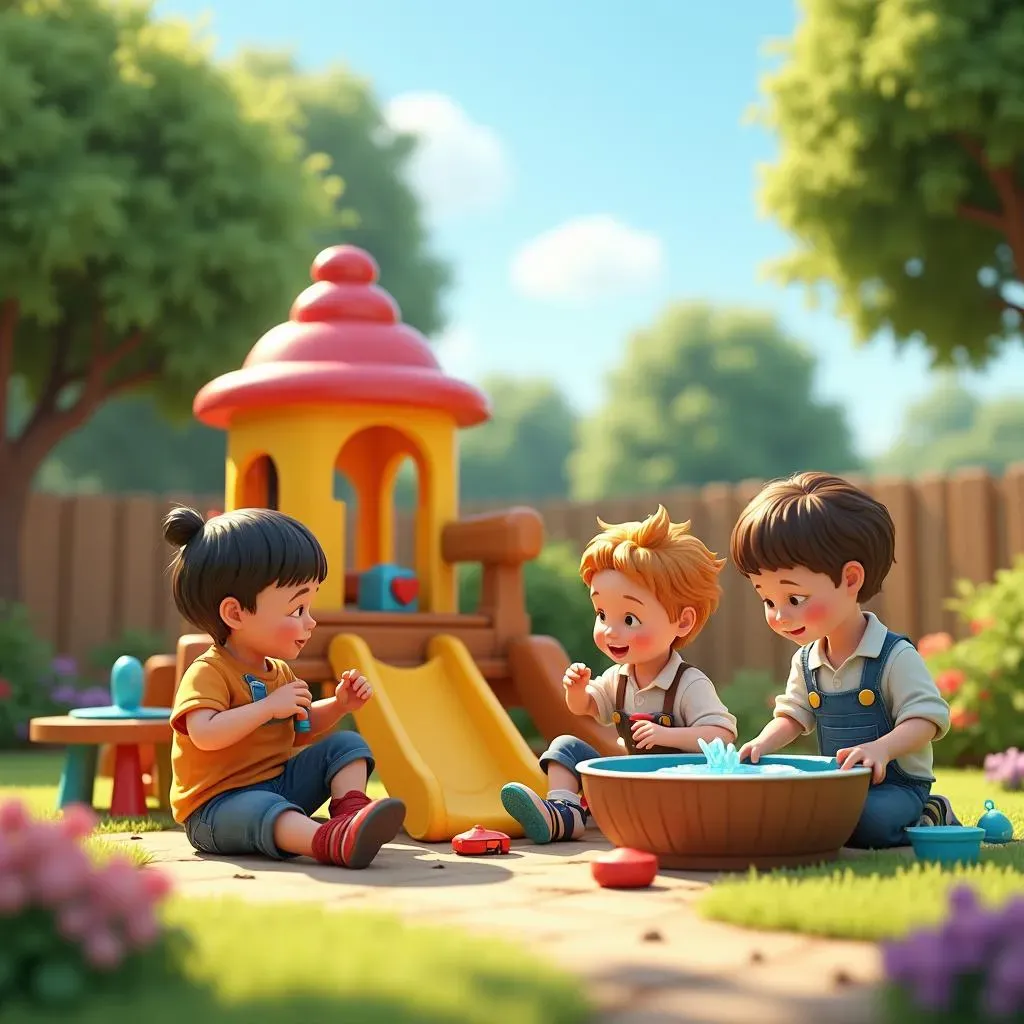
Benefits of Educational Outdoor Play Equipment
Physical Development and Gross Motor Skills
Let’s face it, kids need to move! Educational outdoor play equipment is fantastic for getting them active and developing those all-important gross motor skills. Think about it: climbing walls boost strength and coordination, balance beams improve stability, and even running around a playhouse enhances agility. It's not just about burning energy; it's about building a solid foundation for a healthy lifestyle.
Outdoor play naturally encourages kids to challenge themselves physically. They'll test their limits, learn to navigate different terrains, and develop a sense of spatial awareness. This kind of physical activity is crucial for their overall development, helping them build confidence and resilience along the way.
Cognitive Development and Problem-Solving
Believe it or not, outdoor play is a brain booster! Educational equipment like sandboxes, water tables, and building blocks encourage kids to experiment, explore, and solve problems. When they're building a sandcastle, they're actually learning about engineering principles and spatial relationships. When they're playing with water, they're discovering concepts like volume and displacement.
Plus, outdoor play often involves social interaction, which further enhances cognitive development. Kids learn to negotiate, compromise, and work together to achieve common goals. These collaborative experiences help them develop critical thinking skills and learn how to approach challenges from different perspectives. These skills are important in the classroom and life in general.
Benefit | Example | Skill Enhanced |
|---|---|---|
Climbing Frame | Reaching the top | Problem-solving, Spatial Reasoning |
Mud Kitchen | Mixing "potions" | Cause and Effect, Creativity |
Water Table | Filling containers | Volume, Measurement |
Social and Emotional Growth
Outdoor play is a natural setting for kids to develop their social and emotional skills. Whether they're playing tag, building a fort, or engaging in imaginative role-playing, they're learning how to interact with others, communicate their needs, and manage their emotions. These experiences help them build empathy, develop self-confidence, and learn how to navigate social situations.
Moreover, outdoor play can be a great way for kids to de-stress and regulate their emotions. The freedom and open space allow them to release pent-up energy, reduce anxiety, and improve their overall mood. This, in turn, can lead to improved focus, better behavior, and a greater sense of well-being. So, next time your kids are feeling overwhelmed, send them outside to play!
Selecting the Right Educational Outdoor Play Equipment
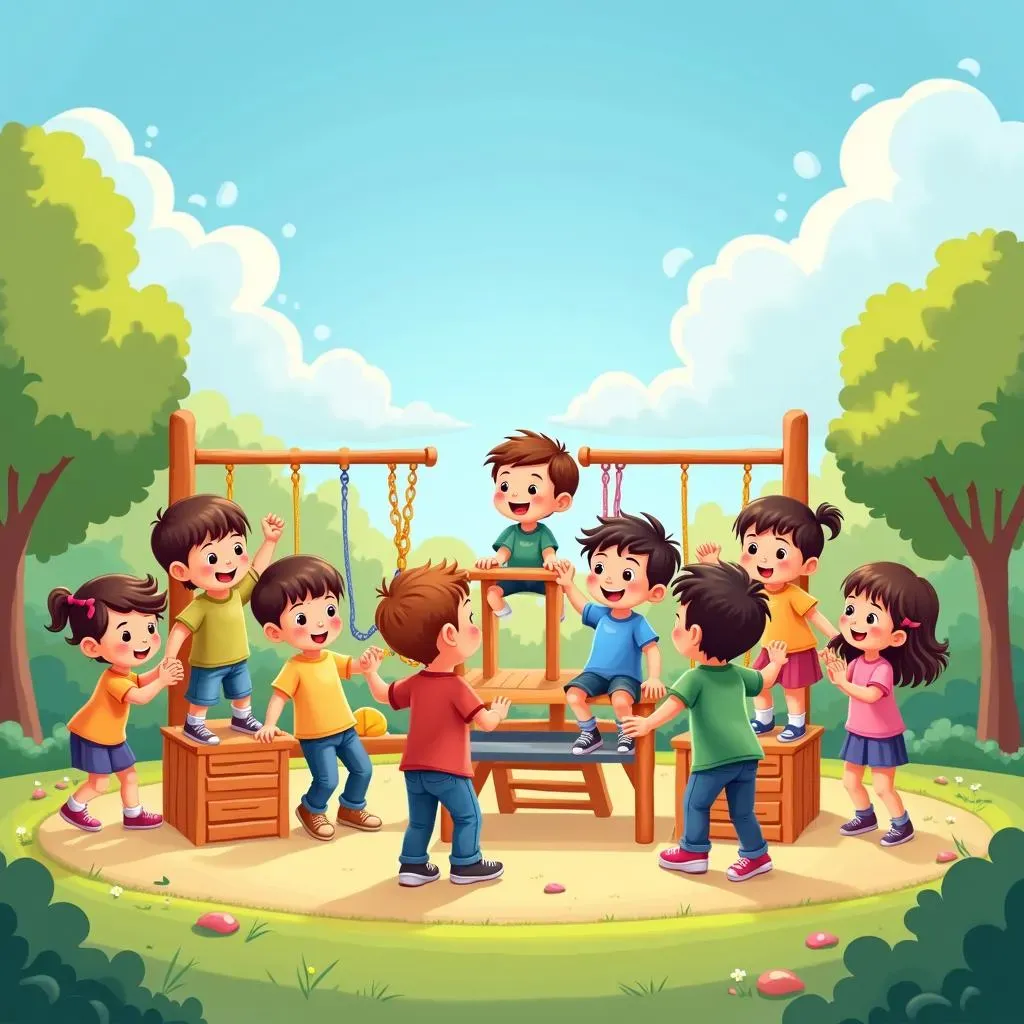
Selecting the Right Educational Outdoor Play Equipment
Age Appropriateness and Developmental Stage
First things first, consider your child's age and developmental stage. What's engaging for a toddler will likely bore a school-aged kid, and vice versa. Look for equipment that matches their current abilities and interests, while also providing opportunities for growth and challenge. For younger children, focus on equipment that promotes sensory exploration and gross motor skills, like sandboxes, water tables, and climbing structures with soft surfaces. Older children might enjoy more complex equipment that encourages problem-solving, creativity, and social interaction, such as building sets, outdoor art easels, and sports equipment.
Think about what skills your child is currently working on and choose equipment that supports those skills. Are they learning to count? A hopscotch grid or a set of numbered stepping stones can make math fun. Are they interested in nature? A magnifying glass, a bug-catching kit, or a small gardening set can spark their curiosity and encourage them to explore the natural world. It's all about finding the right fit to maximize their learning and enjoyment.
Safety and Durability Considerations
Safety should always be a top priority when selecting outdoor play equipment. Look for equipment that meets safety standards and is made from durable, non-toxic materials. Check for sharp edges, pinch points, and other potential hazards. Make sure the equipment is properly anchored and installed according to the manufacturer's instructions. And don't forget to supervise your children while they're playing, especially when they're using new or unfamiliar equipment.
Durability is also important, especially if you plan on using the equipment for multiple children or for an extended period. Choose equipment that is weather-resistant and can withstand the wear and tear of regular use. Look for materials like treated wood, powder-coated metal, and UV-resistant plastic. Investing in high-quality equipment will not only ensure your children's safety but also save you money in the long run.
Space and Budget Constraints
Before you start shopping, take a good look at your outdoor space and consider your budget. How much room do you have available? What kind of terrain are you working with? What is your budget? These factors will help you narrow down your options and choose equipment that is both practical and affordable. If you have a small backyard, you might want to focus on smaller, more versatile pieces of equipment that can be easily stored when not in use. If you have a larger space, you might be able to accommodate larger structures like playhouses or climbing frames. Consider also how much you are willing to spend to ensure you get the most for your money.
Don't forget to factor in the cost of installation and maintenance when creating your budget. Some equipment may require professional installation, while others may need to be regularly cleaned, painted, or repaired. By carefully considering your space and budget constraints, you can make informed decisions and create an outdoor play area that is both fun and sustainable.
Constraint | Consideration | Solution |
|---|---|---|
Limited Space | Versatile Equipment | Climbing triangle, foldable slide |
Tight Budget | DIY Options | Tire swing, pallet playhouse |
Uneven Terrain | Adjustable Equipment | Leveling blocks, adaptable swing sets |
Integrating Educational Goals into Outdoor Play
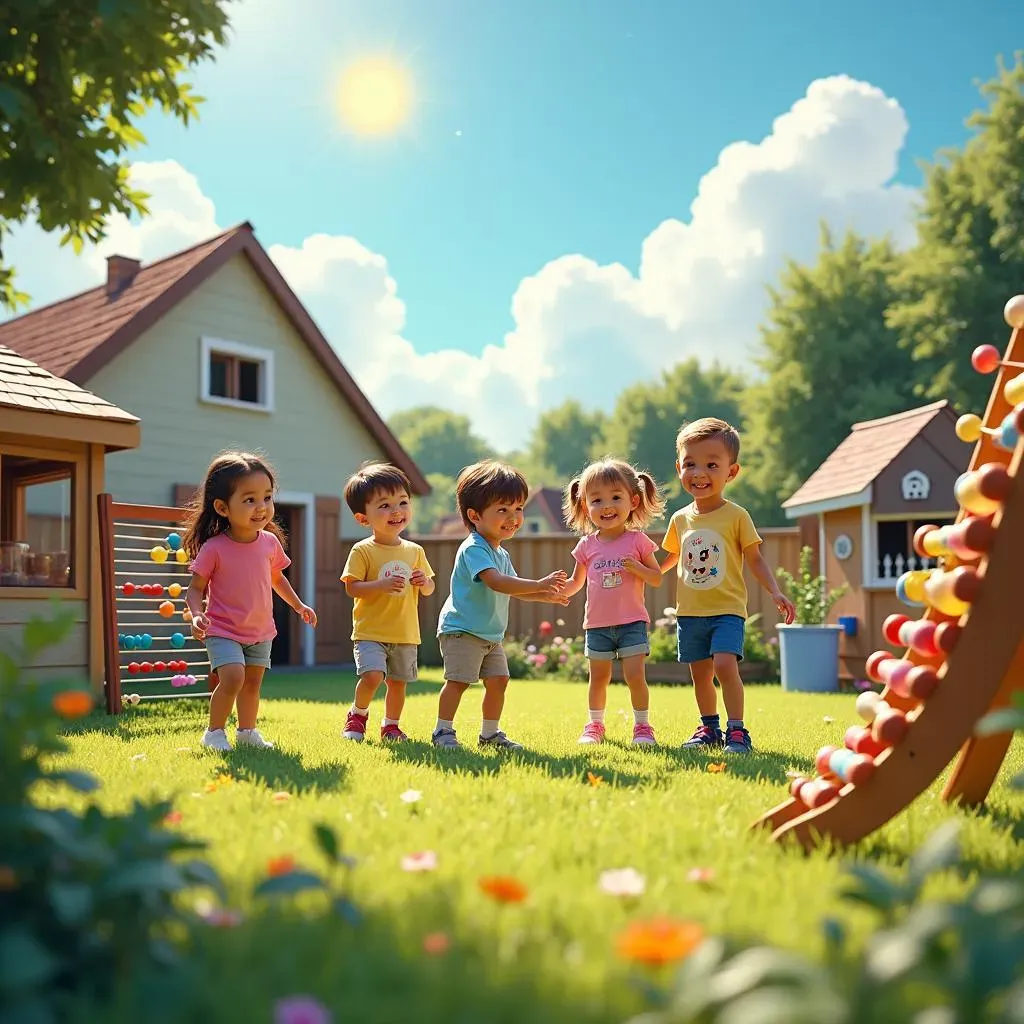
Integrating Educational Goals into Outdoor Play
Creating Themed Learning Zones
One of the most effective ways to integrate educational goals into outdoor play is by creating themed learning zones. Think of it as setting up different "classrooms" in your backyard! A "science zone" could feature a weather station, a bug-catching kit, and a mini-greenhouse for observing plant growth. A "math zone" could include a giant abacus made from painted rocks, a hopscotch grid, or a set of measuring tools for exploring volume and capacity. The possibilities are endless!
The key is to make these zones engaging and interactive. Don't just set up the equipment and expect kids to learn passively. Provide them with prompts, challenges, and opportunities to explore. For example, in the science zone, you could challenge them to identify different types of insects or predict the weather based on cloud formations. In the math zone, you could ask them to measure the circumference of a tree or calculate the area of a playhouse. By actively involving them in the learning process, you'll make it more meaningful and memorable.
Turning Games into Learning Opportunities
You can also integrate educational goals into outdoor play by turning everyday games into learning opportunities. For instance, a simple game of tag can become a lesson in counting, spelling, or even geography! Before starting the game, assign each player a number, letter, or country. When they tag someone, they have to shout out that number, letter, or country. This adds an extra layer of learning to a fun and active game.
Another idea is to incorporate educational elements into classic outdoor games like hide-and-seek orSimon Says. In hide-and-seek, you could require players to answer a question about nature or history before they can reveal their hiding spot. In Simon Says, you could give instructions that involve physical activities related to science or math concepts. By creatively adapting these games, you can make learning fun and engaging for kids of all ages.
Nature-Based Learning Activities
The outdoors is a natural classroom, so why not take advantage of it? Integrating educational goals into outdoor play can be as simple as incorporating nature-based learning activities into your child's playtime. Go on a nature walk and collect leaves, rocks, and other natural objects. Then, use these objects to create art projects, build sculptures, or conduct science experiments.
You could also set up a small garden and teach your child about plants, insects, and the ecosystem. Let them help you plant seeds, water the plants, and harvest the vegetables. This hands-on experience will not only teach them about science and nature but also instill in them a sense of responsibility and appreciation for the environment. Get their hands dirty and watch the knowledge grow!
Activity | Educational Goal | Equipment |
|---|---|---|
Nature Walk | Identifying plants and animals | Magnifying glass, field guide |
Gardening | Learning about plant life cycles | Gardening tools, seeds, soil |
Outdoor Art | Exploring colors and textures | Paints, brushes, natural materials |
DIY Educational Outdoor Play Equipment Ideas
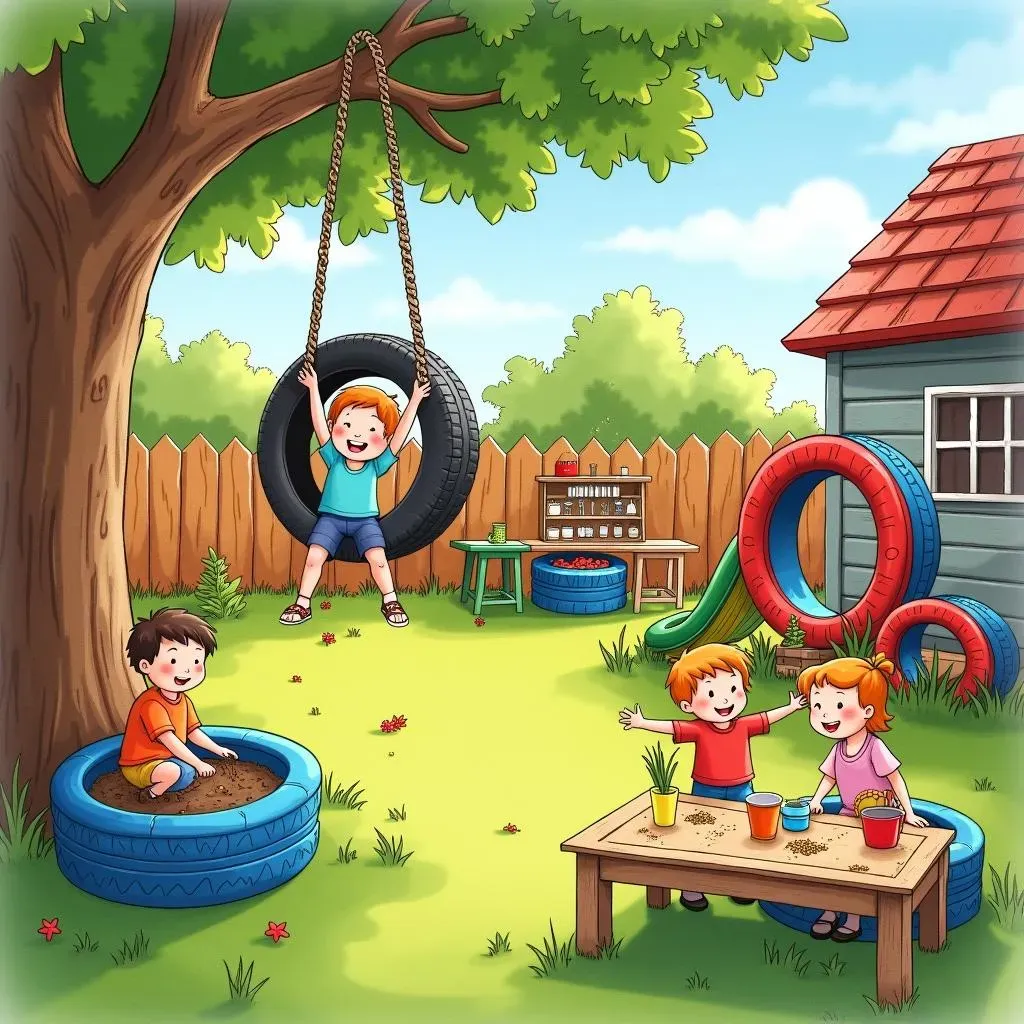
DIY Educational Outdoor Play Equipment Ideas
Upcycled Tire Swings and Obstacle Courses
Got some old tires lying around? Turn them into a fun and challenging obstacle course! A tire swing is a classic for a reason – it's simple, fun, and great for developing balance and coordination. You can easily hang it from a sturdy tree branch using rope and some basic hardware. For an obstacle course, paint the tires in bright colors and arrange them in different configurations. Kids can jump through them, crawl over them, or run around them, building strength, agility, and problem-solving skills as they go!
Don't limit yourself to just tires! Use other upcycled materials like wooden pallets, plastic bottles, and old ropes to create additional obstacles. A pallet can become a climbing wall, plastic bottles can be filled with sand or water to create weights, and ropes can be used to create a rope ladder or a tightrope walk. Get creative and let your imagination run wild! Remember safety first!
Homemade Mud Kitchens and Sensory Tables
Mud kitchens and sensory tables are fantastic for encouraging sensory exploration, creativity, and imaginative play. And the best part is, you can easily build one yourself using recycled materials! An old potting bench, a discarded sink, or even a simple wooden table can be transformed into a mud kitchen with a little bit of creativity and elbow grease. Add some pots, pans, utensils, and natural materials like dirt, sand, and water, and let your kids' imaginations run wild!
For a sensory table, use a plastic tub or a shallow container and fill it with different materials like rice, beans, pasta, or water beads. Add some scoops, cups, and other tools for exploring and manipulating the materials. Sensory tables are great for developing fine motor skills, hand-eye coordination, and sensory awareness. Plus, they're a lot of fun! Just be prepared for a little bit of mess.
DIY Project | Materials | Educational Benefit |
|---|---|---|
Tire Swing | Old tire, rope, hardware | Balance, coordination |
Mud Kitchen | Old bench, pots, pans, utensils | Creativity, sensory exploration |
Sensory Table | Plastic tub, rice, beans, scoops | Fine motor skills, sensory awareness |
Maintaining and Ensuring Safety of Educational Outdoor Play Equipment
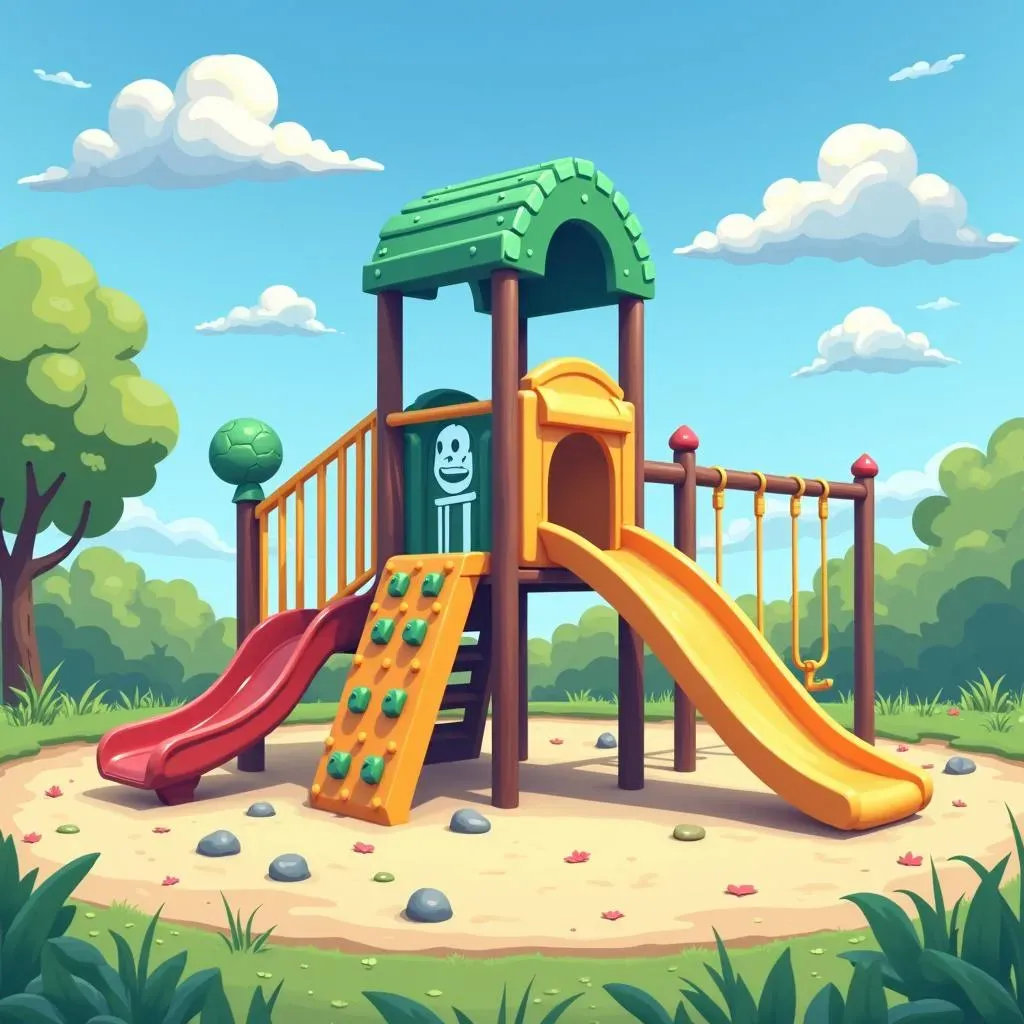
Maintaining and Ensuring Safety of Educational Outdoor Play Equipment
Regular Inspections and Maintenance
let's talk safety – because nothing is more important than keeping those little ones safe while they're learning and playing! Regular inspections are key. I'm talking about a quick once-over every week and a more thorough check-up once a month. Look for things like loose bolts, splinters, rust, and any signs of wear and tear. Catching these issues early can prevent accidents and extend the life of your equipment. It's like giving your car a regular tune-up, but for your playset!
Maintenance is just as important as inspections. Tighten those bolts, sand down any rough edges, and apply rust-resistant paint as needed. If you have wooden equipment, consider applying a sealant to protect it from the elements. Replace any damaged or worn-out parts immediately. Don't wait until something breaks completely – that's just asking for trouble! A little bit of maintenance goes a long way in ensuring the safety and longevity of your educational outdoor play equipment.
Creating a Safe Play Environment
It's not just about the equipment itself; it's also about the surrounding environment. Make sure the play area is free from hazards like sharp objects, poisonous plants, and standing water. Install a soft landing surface under and around the equipment, such as wood chips, rubber mulch, or sand. This will help cushion falls and reduce the risk of injuries. Also, think about shading the area to protect kids from the sun's harmful rays. A simple shade sail or even a strategically planted tree can make a big difference.
Supervision is crucial, especially for younger children. Always keep an eye on them while they're playing and make sure they're using the equipment properly. Teach them about safety rules and guidelines, and enforce them consistently. A little bit of prevention can go a long way in creating a safe and enjoyable outdoor learning environment for your kids. Remember, a safe play environment is a happy play environment!
Safety Measure | Frequency | Checklist |
|---|---|---|
Equipment Inspection | Weekly/Monthly | Loose bolts, splinters, rust, wear and tear |
Surface Check | Weekly | Hazardous objects, proper cushioning |
Supervision | During Playtime | Proper use, safety rules |
Conclusion
So, there you have it: a comprehensive guide to transforming your outdoor space into a hub of learning and adventure with educational outdoor play equipment. From boosting cognitive skills and physical development to fostering creativity and social interaction, the benefits are undeniable. By carefully selecting, integrating, and maintaining your equipment, you're not just creating a playground; you're building a foundation for lifelong learning and exploration. Now, go forth and create an outdoor oasis where education and fun go hand in hand!